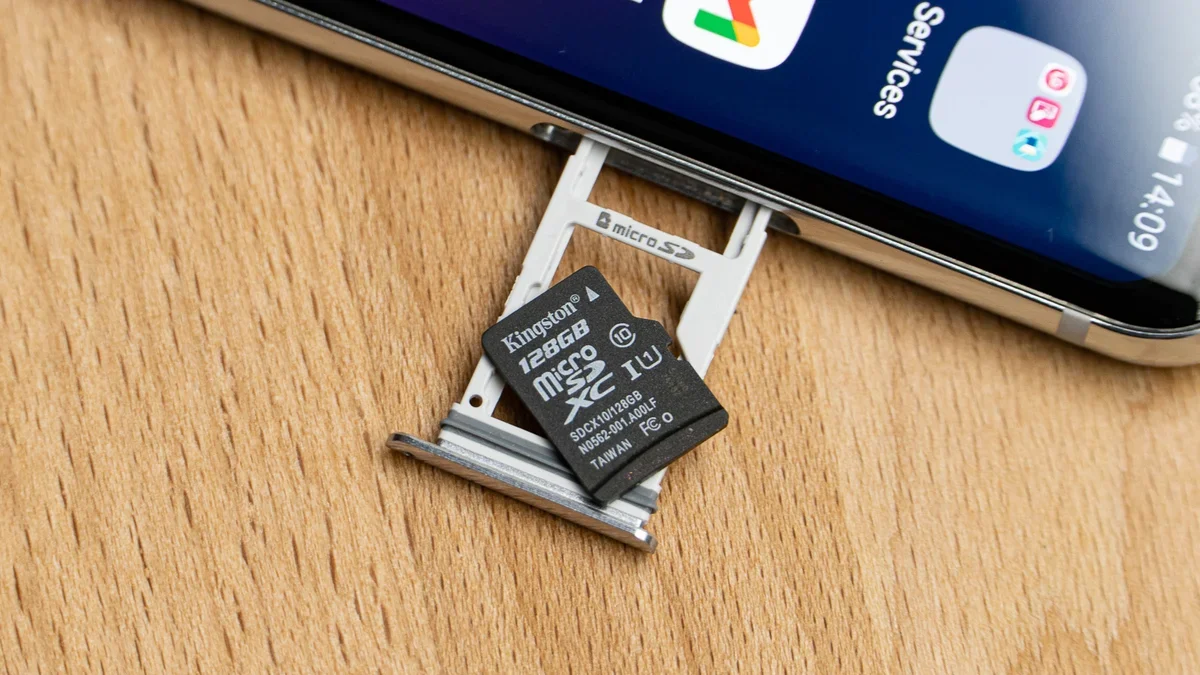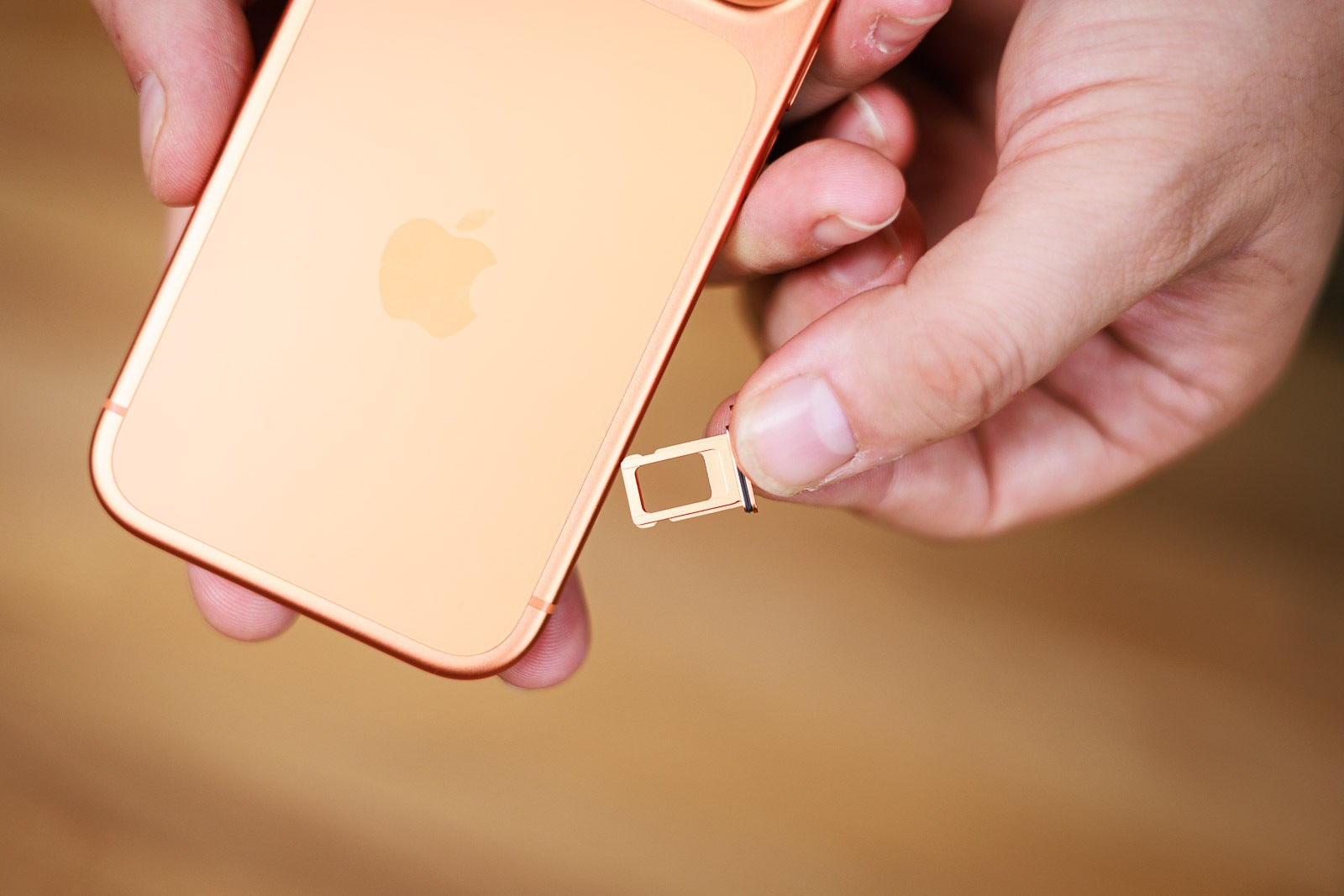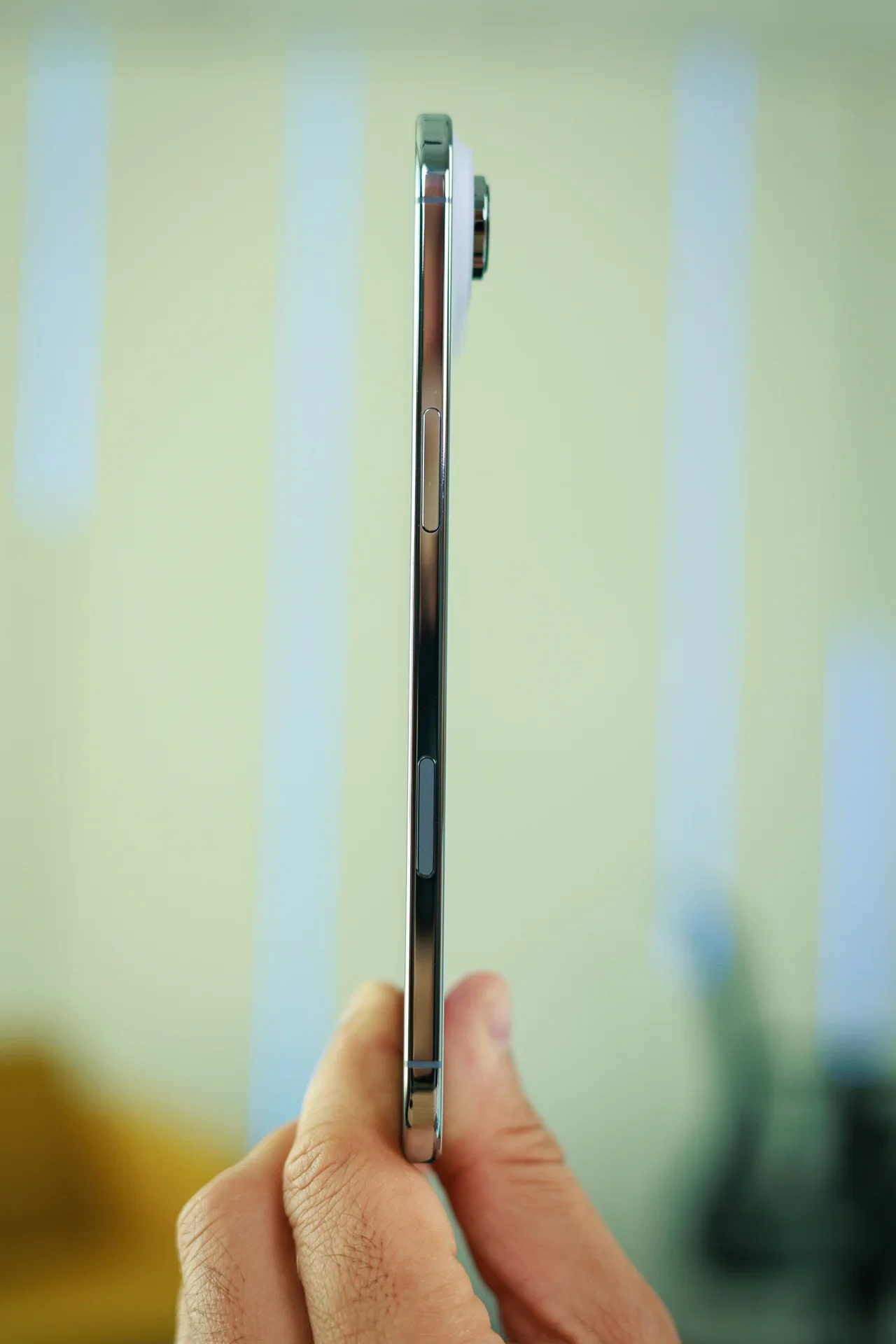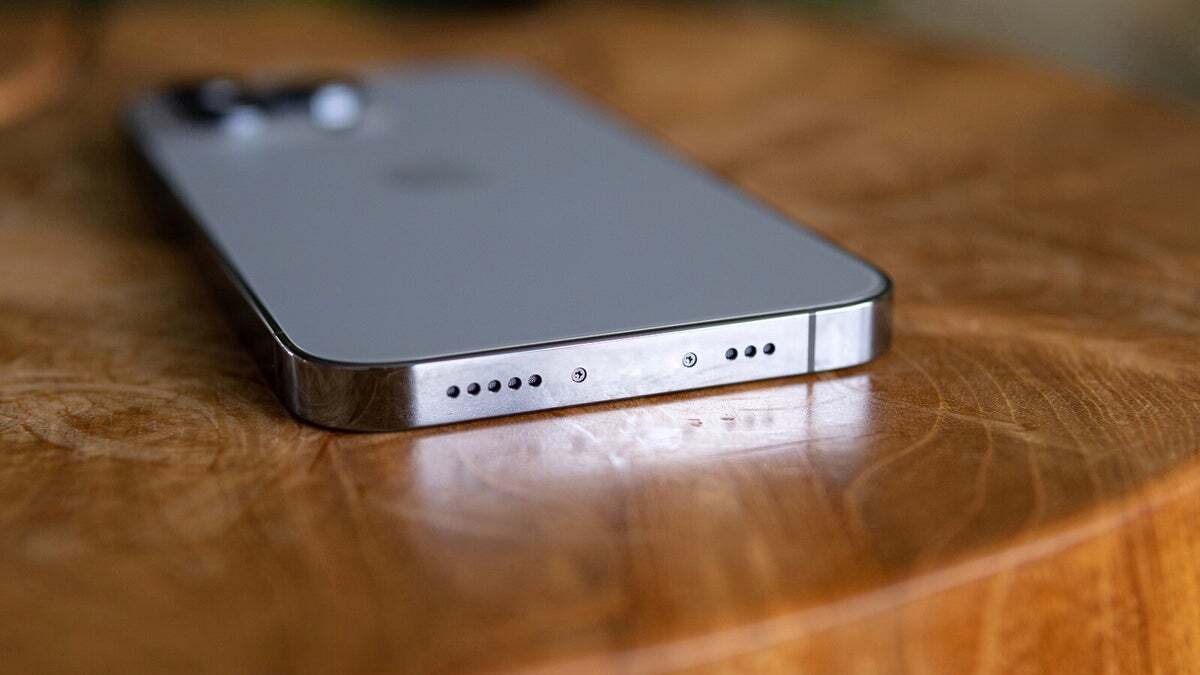Normally, you get that little metal pin out of the retail box (or let’s be honest, a paperclip, because it’s the first thing we lose), poke the side of your device, and hope your fingernails stay intact while prying out that tiny tray.
Well, the SIM card is not that old, but Apple thinks it’s a relic of the past. Why, then, is there a need for two variants, one including a physical SIM and one without it? Good question! There are a couple of reasons, and also some pros and cons to each design.
Following the microSD card route


The microSD card is a dying breed | Image by PhoneArena
The same applies to the physical SIM card. It’s a plastic piece stuck inside a super high-tech device, and it’s supposed to unlock the connectivity of your phone. Just like those prepaid phone cards we used to stick in street phones back in the day. So old school.
Why does the physical SIM iPhone 17 exist then?


The last iPhone series with a physical SIM slot? | Image by PhoneArena
Let’s not send the physical SIM off to tech heaven yet. There are considerations and concerns that are in play. First, carriers around the world are in vastly different states when it comes to eSIM adoption.
You might get around the USA and Canada rocking an eSIM phone, but landing in Lima, Peru, on that dream vacation could easily turn into a nightmare. Picture the employee in the shop trying to poke your iPhone and find a slot that just doesn’t exist, and the empty stare when you tell the poor guy that the phone is eSIM only.
That said, the future is SIM-less, so to speak. GSMA predicts that by 2030, 88% of all phones will be eSIM. What are the pros and cons then?
Pros and cons of going eSIM only


The iPhone Air doesn’t have enough space for a physical SIM | Image by PhoneArena
There are a lot of pros to going eSIM, some of them might depend on your carrier, though. First of all, it’s much easier to activate; you just scan a QR code. There’s no need to go to physical stores, buy cards, or look for paperclips (the SIM ejector tool has been long lost for sure at this point).
Second, eSIM can store multiple profiles and numbers; you can easily switch between work, personal, travel, etc.
Switching phones is definitely harder with eSIM. You need to deactivate the service on one phone before activating it on another, and this requires carrier assistance most of the time.
With a physical SIM, you can keep as many phones as you like and just swap the card to use the one you feel like at any time. No internet connectivity required; nothing to download.
eSIM and the portless dream


Are we on the path leading to portless phones?
eSIM is the future, and we’ll get there eventually, but what’s even more interesting is that Apple might be pushing toward an old dream—the portless iPhone. The company is famous for removing stuff—but in this case it might be for the best. More room for cameras, bigger batteries, and thinner and sleeker phones altogether.
The portless iPhone might be a pipeline dream (some regulations need to change to make it possible), but the days of the physical SIM seem to be numbered. The iPhone 17’s dual-SIM experiment feels like probing the ground.
The SIM card is bound to join floppy disks, VHS, DVDs, microSD cards, and Snake on Nokia in the great museum of tech nostalgia. And while it might be a bit sad, it’s the way forward.
What do you think about it? Do you prefer a physical SIM between your fingers when you swap phones, or are you okay with QR codes and digital credentials?
#iPhone #series #SIM #variants #time #goodbye #physical #SIM
